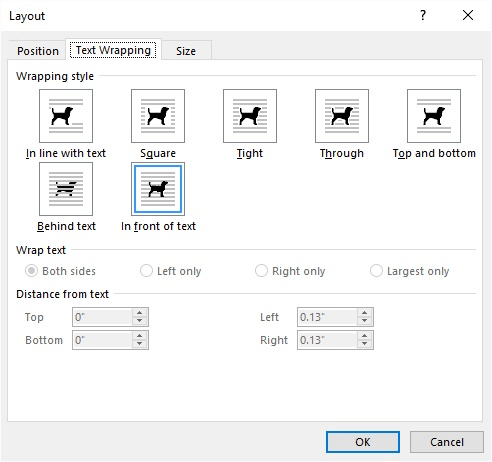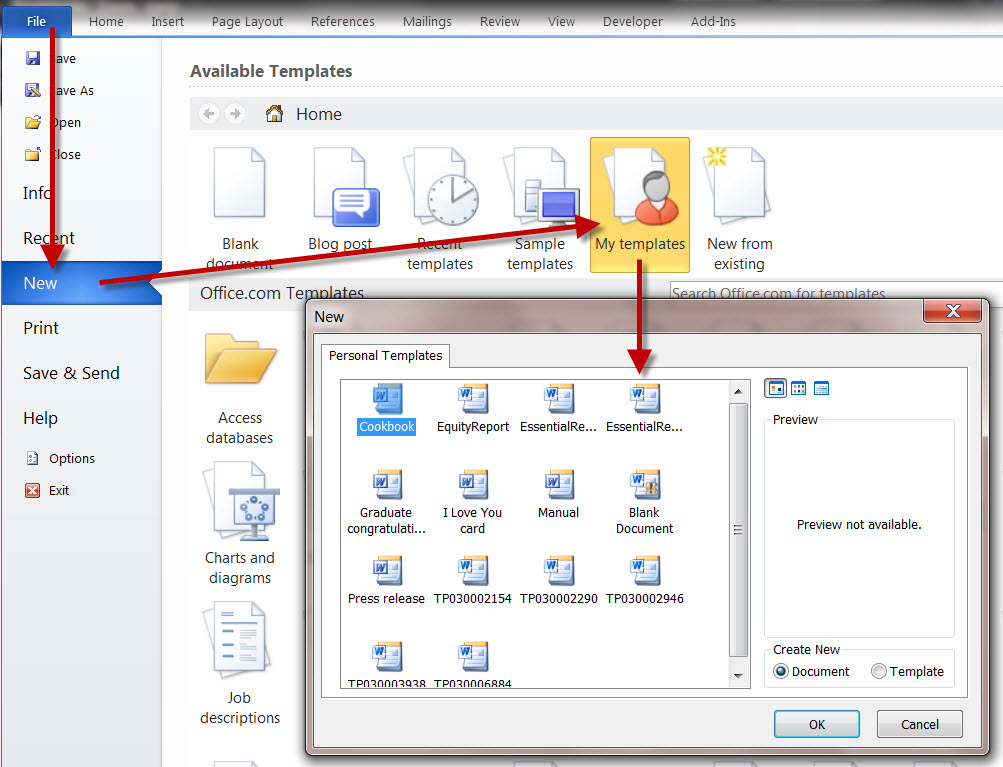

A step-by-step commentary on how to move an image or object behind your written text in Microsoft Office Word. This makes formatting commands easily accessible. When you select text or images in Word, a hover toolbar with formatting options appears. A highlighted box will appear over the selected text. An imported image in Word is assigned square text-wrapping by default, but there are other options you can use to position an image just where you want it to appear in relation to the text on the page. 2) select 'record macro' on Developer tab (you may have to put the tab on the ribbon) 3) assign a name and a key to store the macro on (e.g., Control M, or another key combination you are not using) 4) save it to your normal template or only the document as you wish. While holding it down, drag your mouse over the text to select it. Now, whenever you select an object that is floating over your text, Word displays an image of. There are a couple of different ways to get this effect.

You can configure some of the settings for the image that is behind your text, allowing you to make it more transparent so that the top-level text is still able to be read. Details: In Word 2010 or later versions, display the File. When positioning images in a document, you may want them to appear behind text, so that the text shows up over the top of the image. For instance, you can put an image behind text in Microsoft Word 2010 to set it as the background for whatever you are writing. Click the Format tab (the purple contextual tab that appears next to the Home tab), and then under Text Box, click Change text alignment within the text box. Click the outer edge of the text box to select it. Word displays a list of wrapping methods you can choose.You can align all the text in a text box with the top, middle, or bottom of the text box. In the Arrange group, click the Text Wrapping tool (Word 2007 or Word 2010) or Wrap Text tool (Word 2013 or a later version). Summary: One way to enhance your documents is with Words powerful graphics capabilities.Discover how to best utilize graphics and add them to your documents with Word 2010 Graphics.Here is the complete table of contents for this book.Just follow the 3 steps described in this article. The selected background image is then added to the specified page only. Using Word, it's possible to create a superb poster that has nothing to envy of Photoshop and the like. If you are using any other kind of image, perhaps one you inserted from a graphics file, then the process is different: If you are using Microsoft Word 2010 or earlier versions, after choosing your image, go back to the ‘Format AutoShape’ dialog box and select ‘No color’ under the ‘Line’section. There are several options in Wrap Text menu, you can start editing wrap points to customize text wrapping in depth. This will let you to add text over the selected image. Choose Send Behind Text from the submenu. To enter text over the image, select the image and head over to Picture Tools Format tab, from Wrap Text options, select Behind Text.In the Arrange group, click the down-arrow next to the Send to Back tool (Word 2007 or Word 2010) or the down-arrow next to Send Backward tool (Word 2013 or a later version).


Make sure the Format tab of the ribbon is displayed.2- For selecting any line, text or paragraph place the cursor at the start of a word or line and then click. If you are working with an image you created by using the Shapes tool on the Insert tab of the ribbon, you can follow these steps: Microsoft Word helps you incorporate images and text together in order to illustrate a document, and you can learn to wrap text around images in order to change the default settings. A text, line or paragraph in a document can be selected by the following methods: 1- If you want to select all the text in the document click anywhere and press Ctrl + A. Using the Import window that appears, find and select an image, like. Exactly how you do this depends on the type of images with which you are working. If for some reason the text is behind the blue box, you can change the Z-order in. Many times you may want to place the images behind the text. Without a lock placement, the image will. Locking images in Word is important for formatting. Word allows you to place all sorts of graphic images in your documents. The steps used to lock image placements and settings in Microsoft Word are simple and easy to execute.


 0 kommentar(er)
0 kommentar(er)
